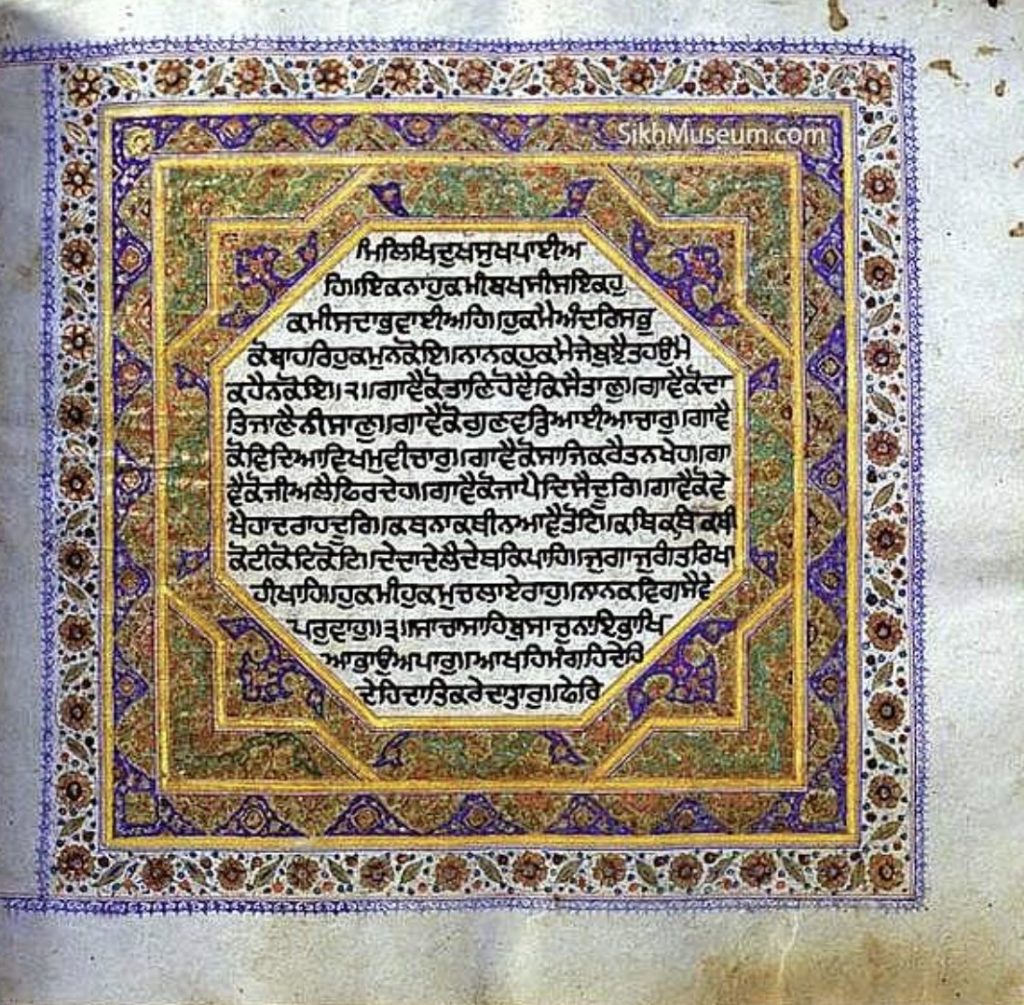Discover the legacy of Bhai Jetha, a devoted Sikh who served Gurus Arjan and Hargobind, fought bravely, and embraced martyrdom in 1634.
Explore the life of Miharban, spiritual successor and author, who contributed to Sikh literature with works like Pothi Sachkhand and early Guru Nanak interpretations.
Explore the meaning of 'Pothi,' a sacred book among Sikhs containing scriptural texts, bridging cultural connections with Punjabi, Maithili, and Marathi.
Discover the significance of Kirtan Sohila, the revered bedtime prayer from Guru Granth Sahib, featuring hymns by Guru Nanak, Guru Ram Das, and Guru Arjan.
Explore Bala Bhai's conversion to Sikhism under Guru Arjan, as noted by Bhai Mani Singh. Dive into their spiritual journey in 160 characters.
BUDDHO, BHAI. a washerman of Sultanpur Lodhi, embraced Sikh faith in the time of Guru Amar Das, Over the years, he became reputed for his piety. He once visited Amritsar with the sangat of his town and received blessing from Guru Arjan. SeeAKUL. BHAI, and BHIKHA. BHATT
Explore the spiritual themes and poetic richness of GAURI KI VAR by Guru Ram Das, in the Gauri musical measure, from the Guru Granth Sahib.
Explore the legacy of Bhai Jivanda, a dedicated disciple of Sikhism known for acts of goodwill and charity during Guru Arjan's era.
Explore the tale of Prithi Chand—his role as a Mina, conflicts over Sikh succession, and lasting impact on religious history.
Explore Prithi Chand's ambitions, conflicts with Guru Arjan, and his influence on Sikh history. Discover his lesser-known sect and contentious actions.




